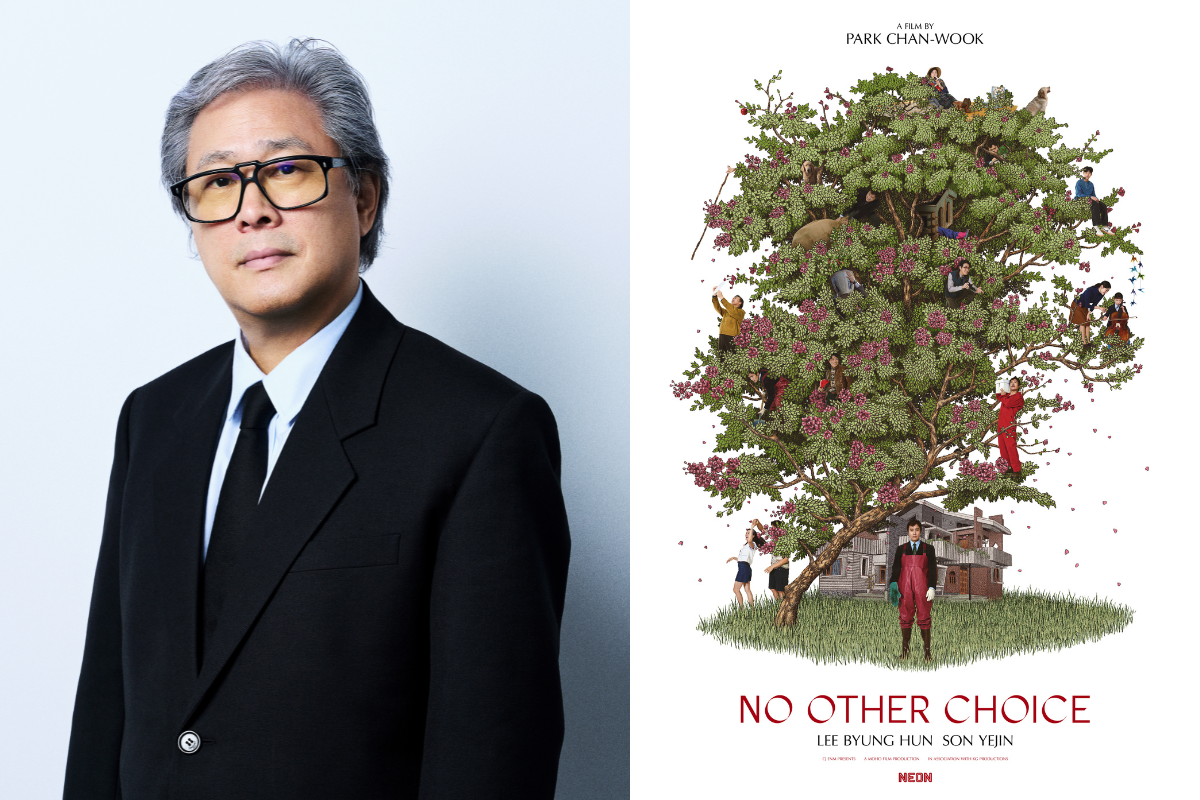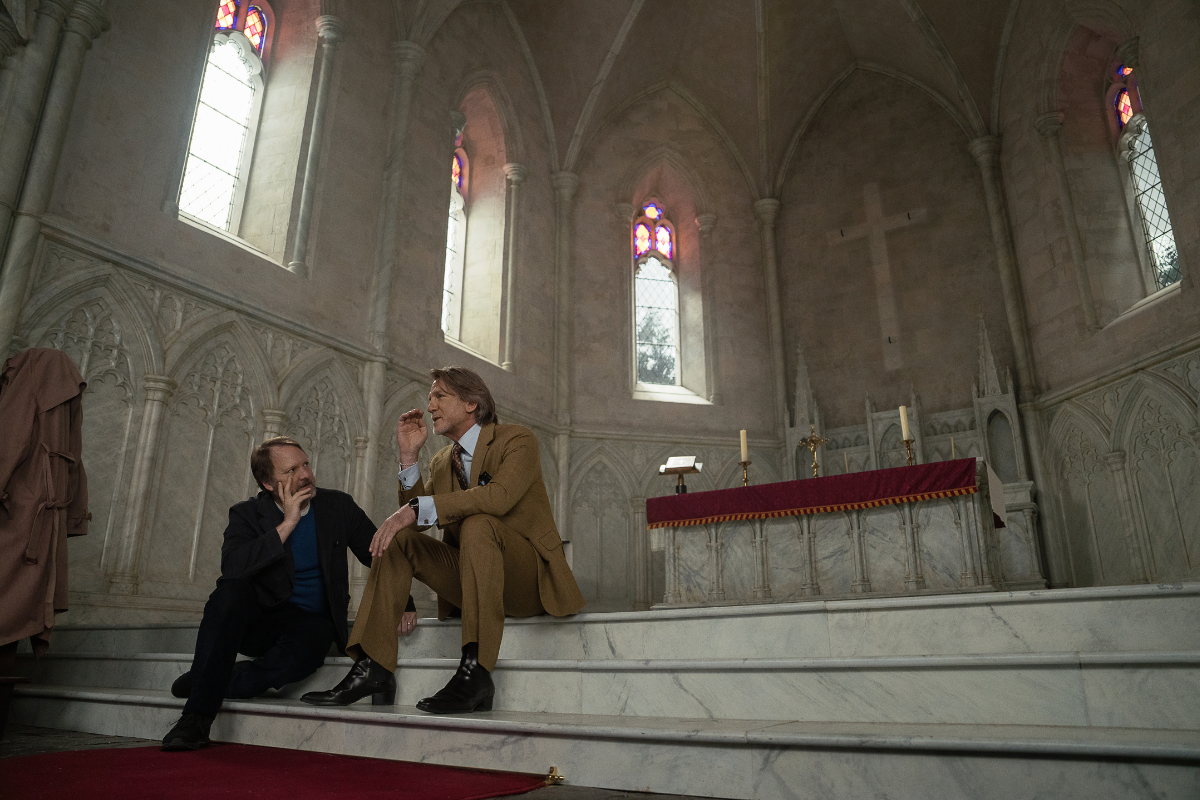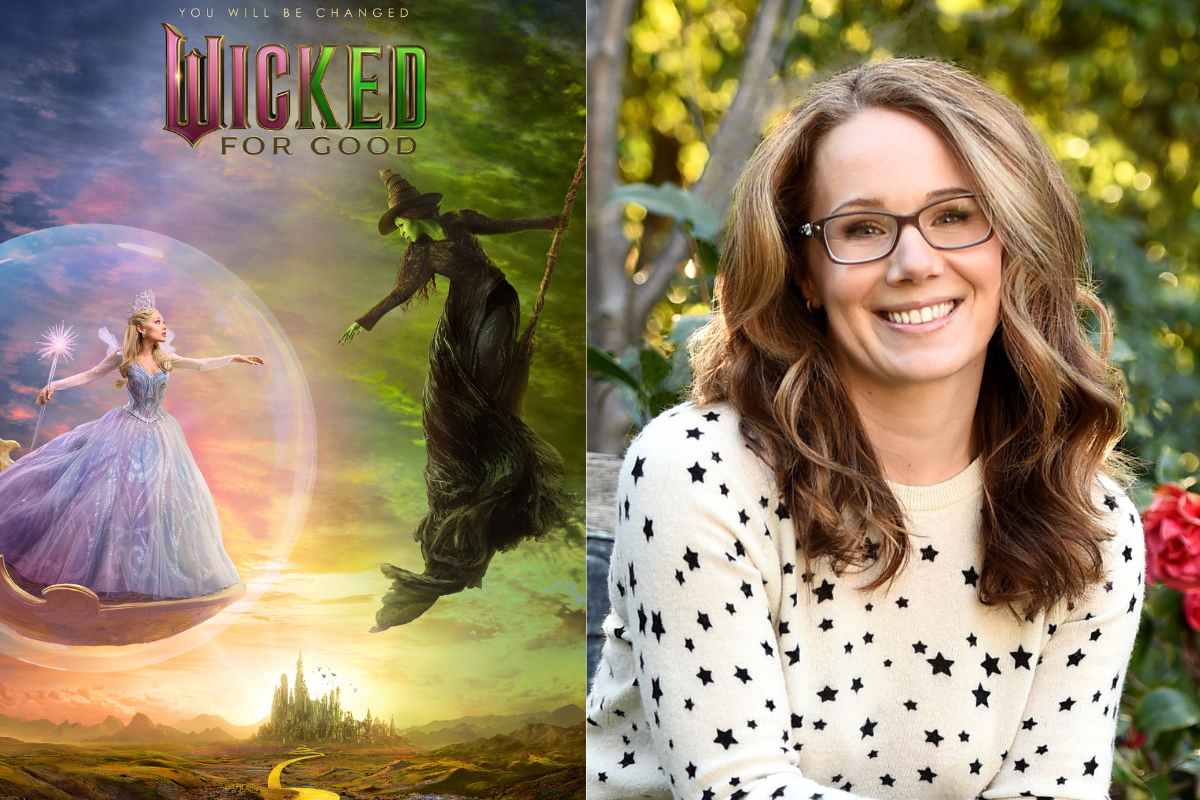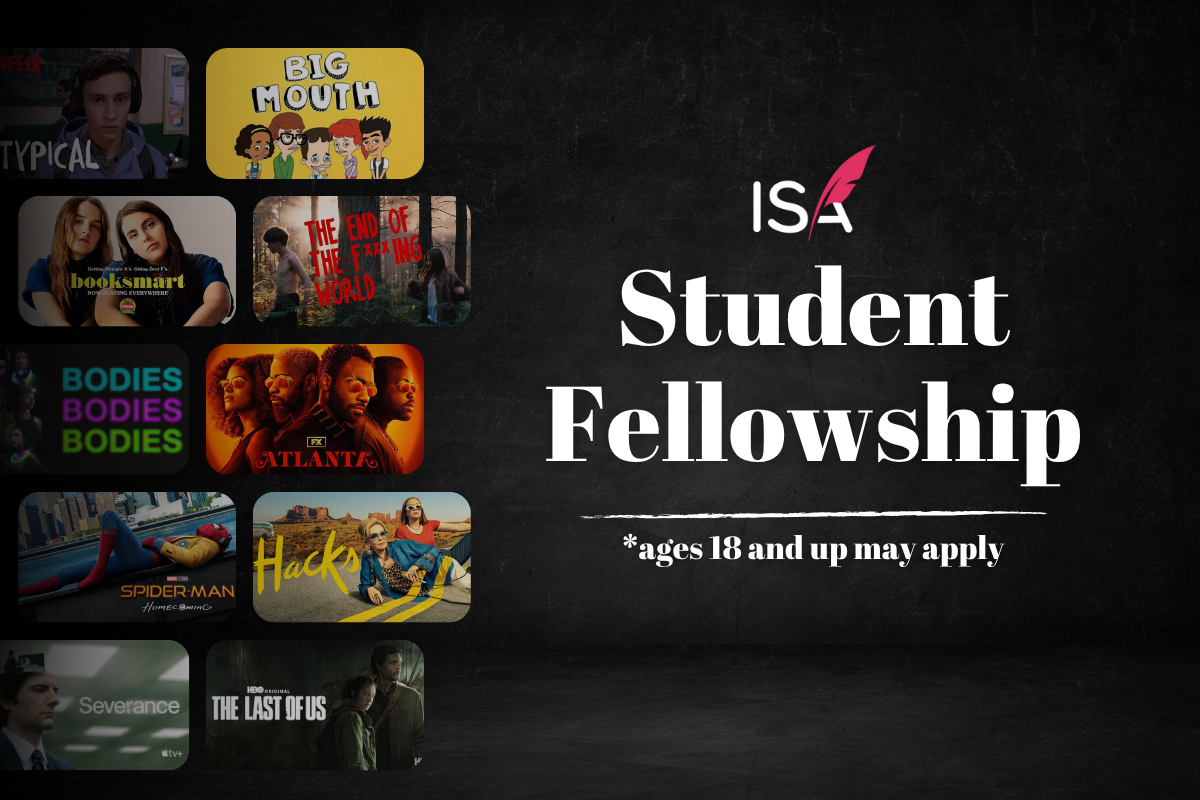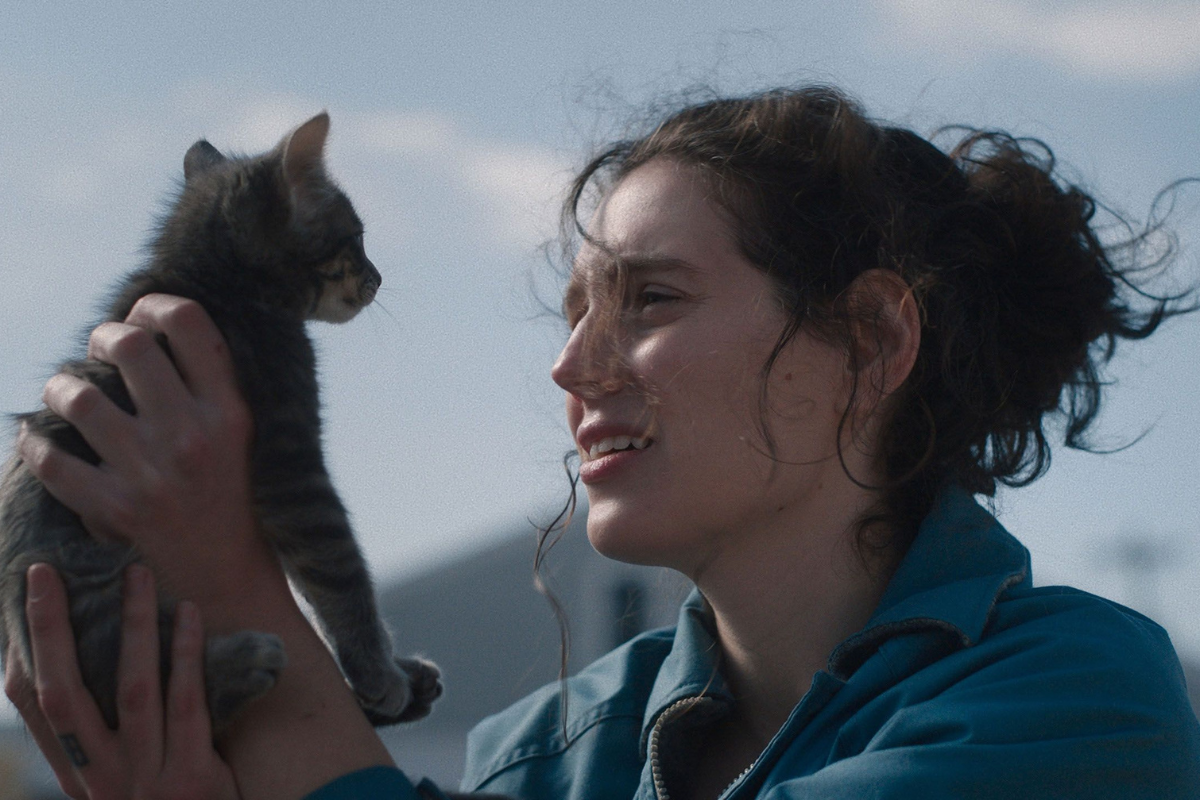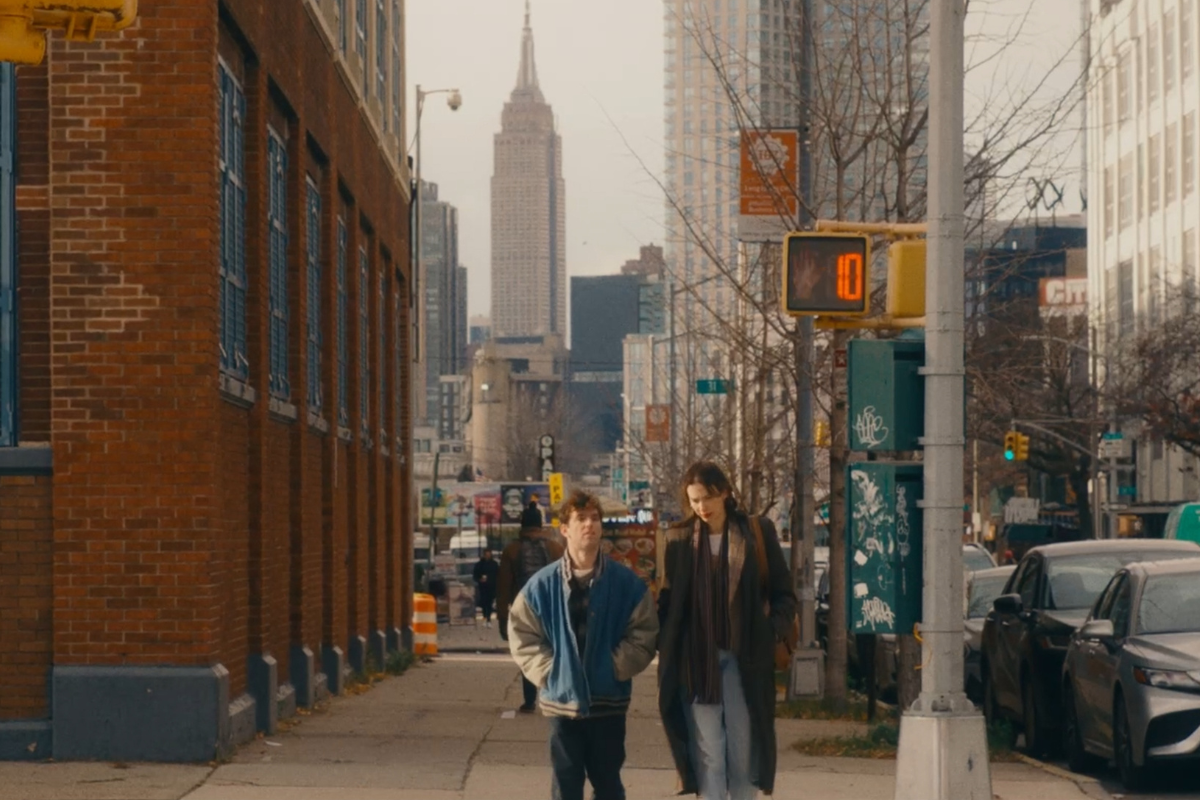Structure and Breaking In: An Interview with Syd Field
From the digital archives of ‘Script Magazine,’ we bring you a past interview of Syd Field. Screenwriting “Guru” Syd Field sits down with Script Magazine to share his knowledge on story…
From the digital archives of 'Script Magazine,' we bring you a past interview of Syd Field.
Screenwriting "Guru" Syd Field sits down with Script Magazine to share his knowledge on story structure and discuss the difficult task of breaking in the industry.
Ask screenwriters what the fundamental structure of a feature screenplay is and they’re likely to respond with, “Well, there are three acts and ...” The idea of breaking down stories into component acts has been around since well before Shakespeare’s time, but it’s Syd Field who’s largely credited with bringing that parlance into common use in terms of feature screenplays. He’s one of the most sought after lecturers around and is considered by many to be the grandfather of movie structure techniques.
Field’s best-selling books Screenplay, The Screenwriter's Workbook and The Screenwriter's Problem Solver are used in more than 395 colleges and universities and have been translated into19 languages (see a full list of Syd Field's current books). He’s currently on faculty at the USC Master’s of Professional Writing Program, has taught at Harvard, Stanford, UC Berkeley, UCLA, the AFI and many other institutions.
Field has collaborated with such noted filmmakers as James L. Brooks (Broadcast News, As Good As It Gets), Luis Mandoki (When A Man Loves A Woman), Roland Joffe (The Killing Fields, The Mission) and Tony Kaye (American History X). Former students include Anna Hamilton Phelan (Mask, Gorillas in the Mist), John Singleton (Boyz N the Hood, Poetic Justice), Randi Mayem Singer (Mrs. Doubtfire), Michael Kane (The Color of Money) and Kevin Williamson (Scream, Scream 2, Scream 3). He has also been a special script consultant to 20th Century Fox, the Disney Studios, Universal and TriStar Pictures and was the first inductee into the prestigious Screenwriting Hall of Fame of the American Screenwriting Association.
Field ran a workshop at the ShowBiz Expo in New York City (a three-day event produced by Mindshare Ventures). He covered the basics of his “paradigm” model and showed examples of his theories using film clips. Afterwards, he sat down over lunch to discuss his approach to the craft of writing and beyond. This interview assumes that the reader already has a passing knowledge of his paradigm model (also outlined at www.sydfield.com).
Q: How has your paradigm model evolved over the years?
A: Well the real evolution is that after plot-point one, the midpoint and plot-point two, I [eventually added] pinch one and pinch two, but that was years and years ago. What I really find is that when I try to find evolutions to the material, that the form is constant. That’s like saying “We’ve been on this earth for 60,000 years. Don’t you think there’s some evolution going on?” The fact that it’s a form and not a formula means that there’s always a beginning, middle and an end—although not necessarily in that order—and I believe that everybody knows this at least intuitively.
I started to change my emphasis on structure about four years ago. I was teaching a class at USC and I went into this thing about the paradigm and when I finished, one student said “Well, I know this. This is old stuff.” At that point I realized that paradigm structure has become embedded in our movie culture to such a degree that I don’t need to focus as much time on it now. So my need was to go into my elements of character. Structure remains the same, and what I’m working on now is time and structure.
Q: I understand you’re working on your own screenplay with a fellow writer and former student that gets into this idea …
A: The sci-fi screenplay we’re working on has no time. When the crew wakes up in their spaceship they don’t know where they are and they don’t know what time it is or how much time has passed. How do you deal with that? We tell the story in terms of emotional memory and the goal of finding their position. We utilize structure in terms of flashbacks, memories and flash forwards. It’s Memento meets 2001: A Space Odyssey.
Q: That’s the high concept … Okay, what type of writer—by genre or some other categorization—do you think would gain the most from learning and applying your techniques? Is there any trait among the successful writers that have studied your system that they share in common?
A: I’ve had so many students over the years and they’ve all taken the basic form and by sharing the experience of writing—that’s really what I do. I share the experience of writing. McKee and Truby and Vogler each have their own strengths but what I try to do is to focus more on building story and the experience of writing, the process of the creative act. My students have been extraordinarily successful. Jim Cameron told me that he never knew that he could write until he read Screenplay. He said that showed him he could do it. Out of that comes Titanic, The Terminator and so on.
You can understand that you have 120 sheets of paper and you don’t know exactly what to do. At that time there were no theories around like there are now, like McKee’s or Truby’s course, or whatever. But they began to understand an overview of what it is they have to do. Then you can find your own ways of doing it.
Q: What’s your sense of what the most common spec screenplay writing error today and what can writers do to avoid it?
A: Mostly the story is told in dialogue and not pictures, not behavior. That’s why I like Seabiscuit so much, because there’s so much behavior in that film that the dialogue is really incidental to the storyline.
Q: It was very clean in terms of that these people were all wounded in some way and came together to form a perfect machine.
A: Exactly. It’s the same way in American Beauty. They’re all wounded. As a result, they get back their true identity. That’s what’s important.
Q: Besides relying too much on dialogue, are there any other major errors you see that new writers make?
A: They try to tell too much. Not only do they tell too much in dialogue but they try to do too many things in one story. They want to tell everything. They have to learn how to let the incidents and the characters unfold with more depth and dimension. Too much focus on plot and not enough on character.
Q: Less is more?
A: That’s right. Most people have too much dialogue. They say, “Well, I have to explain this and that.” But film does not have to explain anything.
Q: Structure versus freedom in the writing process, how do you find the right balance? Some people lay out cards and are very precise and detail every beat beforehand. Others just sit down and begin to write around moments or characters they find interesting, and piece together a screenplay from there. What’s your approach?
A: When you sit down and do your preparation for Act One, Act Two and Act Three, after you begin to write, there’s going to be a time when your story does not fit the cards you have written and a new scene will unfold. You have to follow that. You have to use structure as a context for creativity.
Going back to my current project, we had our story laid out so completely, and now I don’t even know the story because new things have happened. New things have unfolded as we’re writing it. It’s very important to allow yourself to be open to whatever change is there. You’ll get a new idea for a scene and you’ll write that and it will lead to another scene and another scene and then you eventually don’t know where you’re going.
Then you go back to your cards and say, “Oh, yeah, I can go right to there.” That’s the first words on paper draft. Once you do that, then you begin to sculpt it and go back and remove, add, tighten stuff up. That’s how it can grow and have a life of its own. I don’t believe you can tell everything in front. You’ve got to be open to the creative changes and processes as it’s occurring.
Q: In terms of the collaboration you’re doing, do you trade scenes or are you writing the first draft?
A: We’re trading off acts. I wrote the first act. He wrote the first half of the second act. And he’s going through the second half of Act Two. Now he wants to do the end and so I’ve been going back and redoing a lot of the first act and the first half of Act Two. You find your way.
Q: So as you’re writing and you get an idea for a new scene, you don’t censor yourself, you just keep going with it? The draft may be 200 pages by the time you finish it.
A: Yes. I believe in 200-page “first words on paper” drafts. I may skim what I wrote the day before, but I don’t make changes. I just plow forward. I will always leave as I’ve begun a new scene. When it’s time to leave I’ll get the first few lines down and then I’ll stop for the day.
Structure can free you to tell your story. The point is that if you know where you’re going you can execute it. A case in point is Laura Esquival in Like Water For Chocolate. She had her book but had no idea of the structure. She was terrified of structure. We structured it out and suddenly she saw she could do anything she wanted once she had her point to go to. That’s what the form is all about. Then you can figure out how to get there.
Q: In your workshop you also mentioned Alphonso Cuaron who made Y Tu Mamá También and I guess it’s his brother Carlos who wrote it …
A: Carlos started that in my workshop in Mexico. He started playing with the idea and it wasn’t working at all. We talked about character and structure and the road trip and buddy pictures and how to set something up so you just flip it around and suddenly everybody realizes what’s going on. That’s what made that movie so powerful. That’s what our sci-fi epic is about but I’m not going to tell you what the ending is. But at the very end you’re going to be totally [blown away].
Q: To think of scenes is one thing, but to write them all out is different. Should a writer think of a dozen ways to approach a scene and then choose his favorite or write them all out and see what actually turns out the best?
A: There’s a right and a wrong way for me personally. What I do is I try to define what is working on the character as the scene begins. What’s the purpose of the scene? Does it move the story forward? Does it reveal character? What do you want to accomplish in the scene and what do I have to work with in the context of the scene? Then I know where I’m going. If it doesn’t work I’ll change it around until I find some thread to make it work.
Q: As a strategy for breaking in would you recommend that a beginning writer do some soul searching and pick a genre and stick with it—do five or more screenplays in that genre and get good at it—or can he write a comedy this time and a drama next, depending on where the idea takes him?
A: Go wherever the idea takes you. I started off with a Western, then a contemporary drama, then a comedy, then I went back to a Western. I felt most comfortable with action/adventure myself.
Q: You started off writing small, independent character dramas and now your new one is a big budget sci-fi, so is there some evolution in your tastes?
A: It’s an evolution of an idea. I’ve had the idea for 20 years and we never had the hardware to be able to articulate and execute the idea. Now we have the technology. The only way to do it is high budget.
Q: In comedy, besides the obvious goal of making people laugh, is there something fundamentally different between a good comedy concept as opposed to a dramatic idea?
A: Comedy is so unique. The key to comedy is to create a situation where characters are at cross-purposes and then focus on humor. The Goodbye Girl is a case in point, by Neil Simon. You have two people in one apartment. One has the apartment, one is not leaving the apartment and they want to find a way to make that work. That’s where the comedy comes from.
Q: But you can write any concept as a comedy or a drama?
A: That’s right. I believe you can do anything with just about anything. If you twist something to your point of view you can make it work.
Q: Do you not recommend creating comic characters with a lot of arc, with a lot of change, because it can create too much identification and sympathy with them, which may kill the laughs? Is there anything unique about comic characters?
A: Comic characters always have to believe they’re right. They can never think they’re funny. They can never act as if they’re trying to be funny. They have to be totally dedicated to their dramatic need and to what it is they want to accomplish.
Q: Let me turn to the business end of things. Assuming the writing talent is there, is a new writer more likely to get noticed (get paid writing assignments or be optioned) by demonstrating that he can work within Hollywood script conventions or by demonstrating a willingness to defy them?
A: You have to work within the system always. You have to be willing to sacrifice stuff that you felt should never be sacrificed. You will be rewritten. Your story may not turn out to be what you started with. That’s part of the system.
Q: Heart versus marketplace. Should you write what you’re passionate about and nothing else or should you read the trades and try to figure out what certain segments of the market may be looking for at a particular time?
A: For a screenplay you can only follow your heart. There’s no way you can anticipate the market, or just because Seabiscuit was so successful to write another horse racing film right now. By the time you get the script done, bought, cast and shot it’s two and a half years. By that time, who cares about a horse?
Q: In terms of breaking in, how much should a young writer focus on marketing and how much of writing?
A: You can’t market anything until you have it written. First thing's first. Write it and then figure out marketing. Be creative and use what will grab people’s attention.
Someone sent me a script to be evaluated and it had three rings in it instead of brads. There’s no reason why I should read it. It’s not professional. I can tell in 10 pages if it’s professional.
Q: How should writers approach marketing a spec after it’s done? Is the indie route better? What about analysts and coverage? How have you modified your approach to marketing over the years?
A: The thing that’s modified is that now we have the Hollywood Creative Directory*. I’d use that to go see where the right people are. I’d call them. Phone calls are better than query letters. I don’t believe in query letters.
You also need one person to read your screenplay who’s objective and knows the business and who can give you a direct answer. Not family or friends. Then you figure out what to do with it.
A few years ago, you had to bring a script in with letters of intent, with major actors attached to it, before the studios or production companies would even look at it. Independents are different. You have to cut your budget, and it’s more tenuous because the financing could be dropped on the first day of shooting. That happened to a friend of mine recently. They had a deal and a down payment and were getting ready to film and the money dropped out. It happens that way even with the studios.
Q: Seems to me that as far as agents go, most large agencies won’t give you the time of day if you’re not in L.A. and already working. Should writers look for smaller agencies?
A: In all honesty, things in the agency business have changed so much in the last three years I don’t know what to say. I know that I had a project and my attorney mentioned it to an agent and the agent got interested and called me.
You have to know that there’s not one agent who’s going to represent you. It’s going to be a team of three to five agents. If one of those people doesn’t like your material, you’re not going to be represented. This is brand new. That’s the way it is right now. Everybody is a buyer and everybody is a seller. It’s what I talk about in [another of his books] Selling a Screenplay.
Q: You mentioned World of Tomorrow in your workshop and how that film may get around the budget issue by allowing filmmakers to recreate any set they want using computers. Do you think that approach may really change the rules of the game? Is the democratization of the filmmaking process and new avenues being opened up by the Internet going to change things for new writers?
A: I really do. I think it’s the way of the future. Everybody’s going to want to write one. Why shouldn’t you have an opportunity to create at least a short film? Everyone wants to be a moviemaker. Look at how many people want to be a screenwriter or a director.
Q: Any final thoughts or comments on current trends in the spec market generally?
A: Well, right now, nobody’s developing anything. Nobody’s paying you anything to develop an idea into a screenplay unless you already have a lot of clout. It’s hard. Nobody knows anything. I’m having people call me about reality TV. I come from documentaries and they want to do something in terms of screenwriting with them. It’s about creating a new marketplace.
I believe you have to create your own job. I don’t believe you can go out and do what everyone else is doing and get hired. There’s always going to be somebody out there better than you.
*note: Hollywood Creative Directory is no longer in print. For the contact information of executives in the film business, Hollywood Screenwriting Directory provides the most complete information available in the market today.
ABOUT THIS AUTHOR
Lewis Ward is a high-tech consultant by day and a freelance journalist and spec screenplay writer by night. He can be reached at lewisaward@hotmail.com
Related Articles:
- Screenwriting the Dan O'Bannon Way
- Why You Should Write a Short Film Screenplay
- Balls of Steel Goes Into the Writing Room and Behind the Lines with DR
Tools to Help:
- Complete list of all the screenwriting books by Syd Field
- Dan O'Bannon's Guide to Screenplay Structure: Inside Tips from the Writer of Alien, Total Recall & Return of the Living Dead
- The Essential Elements of Screenplay Structure: Get Your Story Straight On Demand Webinar by screenwriter of What Women Want, Diane Drake
Top screenwriting and film publication, founded in 1989, published by Active Interest Media. Twitter: @scriptmag


